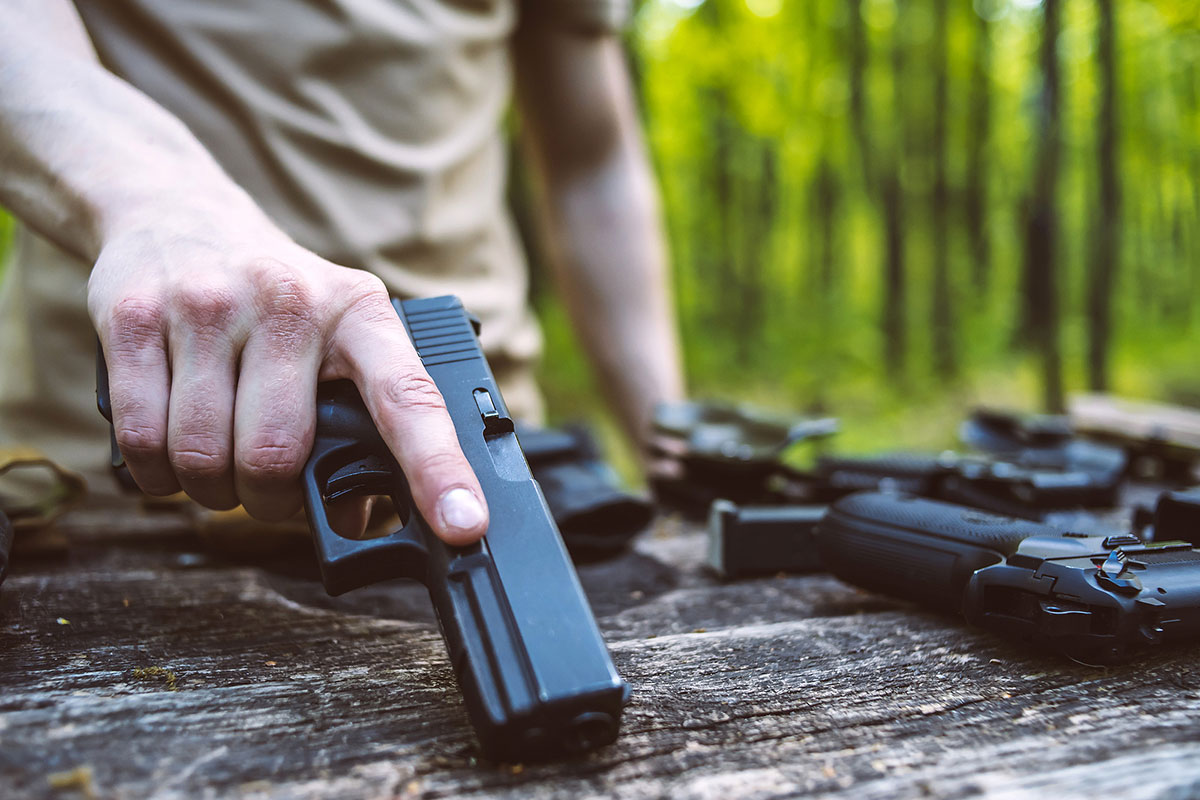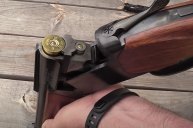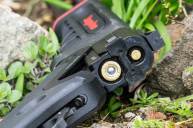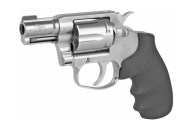Rust is the enemy of all gun owners. Here's how to fight it when it invades your firearms.
The enemy of gun owners, one that must constantly be fought and held at bay, is rust.
No matter how modern the firearm is or what kind of high-tech coating it has on it, parts of it are made of steel and are therefore susceptible to corrosion.
If the location is humid enough, just the moisture in the air is enough to cause surface oxidation and rust spots on any gun. Do what you can to prevent it by keeping your guns clean, well oiled, and in a safe with some kind of dehumidifier in it.
But if the forces of rust do invade, you can still beat them back.
How to Battle Rust on Firearms
When steel begins to oxidize, the iron in the steel bonds with the oxygen in the air on a molecular level to become iron oxide, or, rust. This will first show up as surface rust, patches of orange and brown that will bloom in clusters on barrels, triggers, hammers.
Any part of a gun that you touch, even if it hasn't been fired, must be wiped down before the firearm is put away for a significant period of time.
Of course, if a gun has been in the field and/or in wet weather, it has to be wiped down as soon as possible, and that includes running a couple patches through the bore. If you don't, you will be stunned at how quickly the rust blooms if you put a wet, dampened gun back in its case. If a gun has been anywhere near saltwater, increase your urgency factor by five or 10.
You can tell when someone doesn't wipe their handgun down, because there will be spots of rust in the grooves of the hammer, on the trigger, all over the front strap and back strap, and the back of the slide.

The human body secretes oils and moisture, and if left on gun parts, they will speed up oxidation like you wouldn't believe.
Surface rust can be dealt with, but if there's pitting, things are a bit more serious. We'll come back to that later.
Even if you have heavy rust, follow the steps below so you can get a good idea of how bad it is underneath.
Step 1 - A Rag
The first step to remove rust is getting some quality gun oil and a rag, then taking your gun apart as much as you can.
Apply the gun oil liberally to the cloth and wipe down the rusted areas with some decent pressure and elbow grease, removing what you can. If you caught the surface rust early, this might be all you have to do.
Step 2 - Brushes
If that doesn't take care of it, get a nylon brush or an old toothbrush and some more gun oil and get after those rust spots. You can use a brass or copper brush, but be careful not to apply too much pressure, as they won't damage the steel, but the can scour off bluing and other gun finishes.
Wipe it all down again with a clean rag and apply a coat of light oil and reassemble the firearm. That usually works as a good rust remover.
Step 3 - Steel Wool
If this method of rust removal doesn't do it, bring out the big guns and get some 0000 steel wool and a few more drops of gun oil. Lightly use the steel wool to scour off the rust. You might be taking some of the finish off with it, but if the rust is bad enough to require steel wool, the oxidation has likely killed the finish in those spots anyway.
Now, if all that doesn't get the rust off and/or you have pitting in the steel, you're more than likely going to have to get a qualified gunsmith to go to work on it.
Also, if you wear away the finish of the gun, you can attempt to reblue it yourself at home, but letting a gunsmith handle this is probably the best course. In the meantime, just be sure to keep it oiled and dry.
Preventing Rust
The main way to keep rust at bay is to play defense. Put your long guns and handguns in silicone-treated gun socks, which will lock out moisture for a long time. You can find gun socks and the aforementioned brushes and steel wool on Amazon or in most stores with a hunting department. Of course, going DIY and wrapping a gun in an old school oiled cloth is always a great solution that will help keep them rust free.
Do NOT store guns long term in foam lined gun cases unless they are truly air-tight, like Pelican cases, and if that's what you're using, make sure the air valve is closed. Otherwise, the foam inside will attract moisture and speed up oxidation.
Even for short term storage I like to keep some desiccant packets inside my foam cases. You can keep the ones that come with new products, or you can buy reusable ones that can be dried out when they become saturated in the oven or microwave. There are also several small dehumidifiers on the market made just for gun safes, especially ones with a power source inside, though battery-operated products are out there too.
NEXT: GUN STORAGE BAGS: 3 OPTIONS UNDER $25 FOR RUST-FREE GUNS
WATCH





